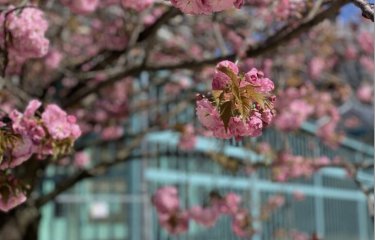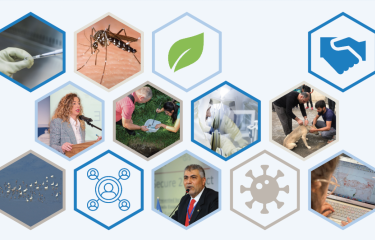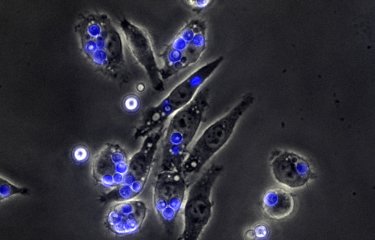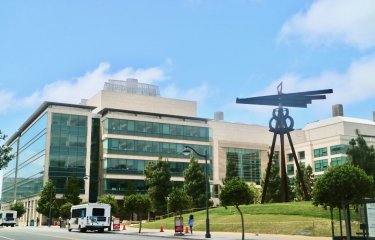Environmental bacterial disease, leptospirosis causes nearly 1 million clinical infections per year. The Institut Pasteur de Nouvelle-Calédonie has been interested for many years with the disease whose incidence is particularly high in Oceania. Researchers from the Leptospirosis Research and Expertise Unit, led by Cyrille Goarant, recently isolated 12 new species of the genus Leptospira.
In an article published in collaboration with the Institut Pasteur in Paris and the Institut Pasteur de Montevideo, these new leptospira species are described in detail and named. The names chosen for these new species pay tribute to New Caledonia, with Leptospira neocaledonica, but also to Pasteurian scientists who have contributed to advances in the field of leptospirosis research. Thus, Leptospira perolatii sp. nov is named in honor of Dr. Philippe Pérolat, researcher and director of the Institut Pasteur de Nouvelle-Calédonie from 1998 to 2001. "Philippe Pérolat has largely contributed to the development of expertise on leptospira at the Institut Pasteur de Nouvelle-Calédonie. He was one of the pioneers in the molecular typing and diagnosis of leptospira, a genus studied only with serological tools at the time. He also initiated work on the physio-pathology of the disease, "explains Cyrille Goarant. Dr. Isabelle Saint Girons is also honored with Leptospira saintgironsiae sp. nov. She was formerly working in the Unit of Molecular and Medical Bacteriology at the Institut Pasteur (Director of this unit from 2004 to 20006) and she isolated the first leptospira bacteriophage in 1990. Finally, Leptospira barantonii sp. nov pays tribute to Professor Guy Baranton, who led the National Reference Center for Leptospirosis at the Institut Pasteur from 1986 to 2003. Ben Adler, Pr emeritus at Monash University in Australia and member of the Institut Pasteur de nouvelle-Calédonie Scientific Council is also honored with Leptospira adleri sp. nov.
The researchers also show in this work the ability of the MALDI-ToF mass spectrometry technique to correctly identify the existing 35 Leptospira species. "Leptospira bacteria are very difficult to isolate. Their growth is slow and they need very specific environments to develop. With mass spectrometry it is possible to identify a species in 3 min instead of several days or weeks with conventional techniques "explains Cyrille Goarant. Researchers at the Institut Pasteur de Nouvelle-Calédonie have thus established a portable database that they share in their article with the entire scientific community to facilitate the leptospira identification worldwide, opening the way to a more collaborative science. This work illustrates again the good cooperation between the institutes of the Institut Pasteur International Network and the complementarity between field work and more basic approaches.
Source
Biodiversity of environmental Leptospira: improving identification and revisiting the diagnosis. Front. Microbiol. 9: 816. doi.org/10.3389/fmicb.2018.00816
Roman Thibeaux1, Dominique Girault1, Emilie Bierque1, Marie-Estelle Soupé-Gilbert1, Anna Rettinger2, Anthony Douyère3, Michael Meyer3, Gregorio Iraola4, Mathieu Picardeau5 and Cyrille Goarant1
1 Leptospirosis Research and Expertise Unit, Institut Pasteur in New Caledonia, Institut Pasteur International Network, Noumea, New Caledonia 2 Bacteriology and Mycology, Institute for Infectious Diseases and Zoonoses, Department of Veterinary Sciences, Faculty of Veterinary Medicine, Ludwig Maximilian University of Munich, Munich, Germany 3 Institut des Sciences Exactes et Appliquées, Plateau MET/MEB, Université de la Nouvelle-Calédonie, Noumea, New Caledonia 4 Bioinformatics Unit, Institut Pasteur Montevideo, Montevideo, Uruguay 5 Biology of Spirochetes Unit, Institut Pasteur, National Reference Centre and WHO Collaborating Center for Leptospirosis, Paris, France






